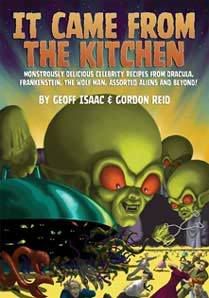I know it's been a while, but I'm returning to the blog because I've started cooking again after a long contract. I dug out this old post I wrote two years ago and made some changes to it.
This is a somewhat old question now but I thought I would revisit it because there is still a great deal of confusion on the topic. I still see people doing this and for the wrong reason. It seems to depend on what one means by 'searing'. That does not mean preventing a complete net water loss from the meat tissue.
In fact, searing the meat results in a greater loss of water content from the muscle tissue than not searing the meat. As the meat is applied to a very hot surface, it browns the outer tissue and purportedly reduces the porousness of the muscle fibres, a belief that, according to Wikipedia, began with a food scientist and chemist Justus von Liebig in 1850.
The hard crusty outer layer of that is formed through a chemical process is often falsely believed to act as a barrier to prevent water from escaping during the cooking process.
Searing a piece of meat improves the flavour through a chemical process called The Maillard reaction. Unlike caramelisation in which sugars are oxidized, The Maillard reaction is a process where a carbon and oxygen group of a sugar reacts with an amino group from an amino acid which results in a browning effect and a flavour change. A good example is the toasting of bread or roasting of coffee.
It does improve the texture as the difference between a crusty exterior and a softer interior make for a more desirable palate experience. Quite often chefs will brown the exterior of the meat before broiling, frying or even boiling large roasts.
Sear the meat to improve the flavour, but a juicy cut of meat on the table starts with a fresh cut of meat from the local butcher.
For more information on the science of cooking, try On Food and Cooking: The Science and Lore of the Kitchen by Harold McGee and Molecular Gastronomy: Exploring the Science of Flavor by Herve This.
Friday, May 21, 2010
Subscribe to:
Post Comments (Atom)




No comments:
Post a Comment